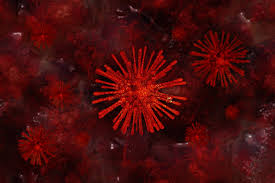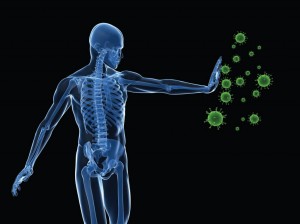Developmental Cell. 2010 Jun 15;18(6):1030-40. Doi: 10.1016/j.devcel.2010.05.013
Roger B. Deal and Steven Henikoff.
“A simple method for gene expression and chromatin profiling of individual cell types within a tissue.”
Isolating specific cell types from a mass of plant or animal tissue is laborious and tricky. To study epigenetic changes and genes that are expressed differently in different cell lineages—such as cancer cells versus normal cells, or the two types of epidermal cells in Arabidopsis roots—typically requires laser capture microdissection (LCM) or fluorescence-activated cell sorting (FACS). LCM uses a laser and a microscope to literally flip individual cells out of a tissue into a container. It’s like playing tiddlywinks, says Elizabeth Dennis at CSIRO inCanberra,Australia, but you have to flip out a thousand individual cells for each experiment. “It’s a real pain,” she says. Like FACS, it also requires expensive equipment.
Roger Deal and Steven Henikoff from the Fred Hutchinson Cancer Research Center have developed a cheap and easy method, dubbed “isolation of nuclei tagged in specific cell types” (INTACT), which is based on standard genetic techniques and utilizes the strongest known noncovalent binding reaction in biology (and one of the most commonly used)—the binding of the B-complex vitamin biotin to the bacterial protein streptavidin. The isolation requires no special training and uses common lab equipment—a couple of pipettes, a magnet, and streptavidin-coated magnetic beads. Deal is now planning to use the technique to investigate cell differentiation in a variety of plant tissues. (Dev Cell,18:1030-40, 2010; http://bit.ly/celltypebiotin).






